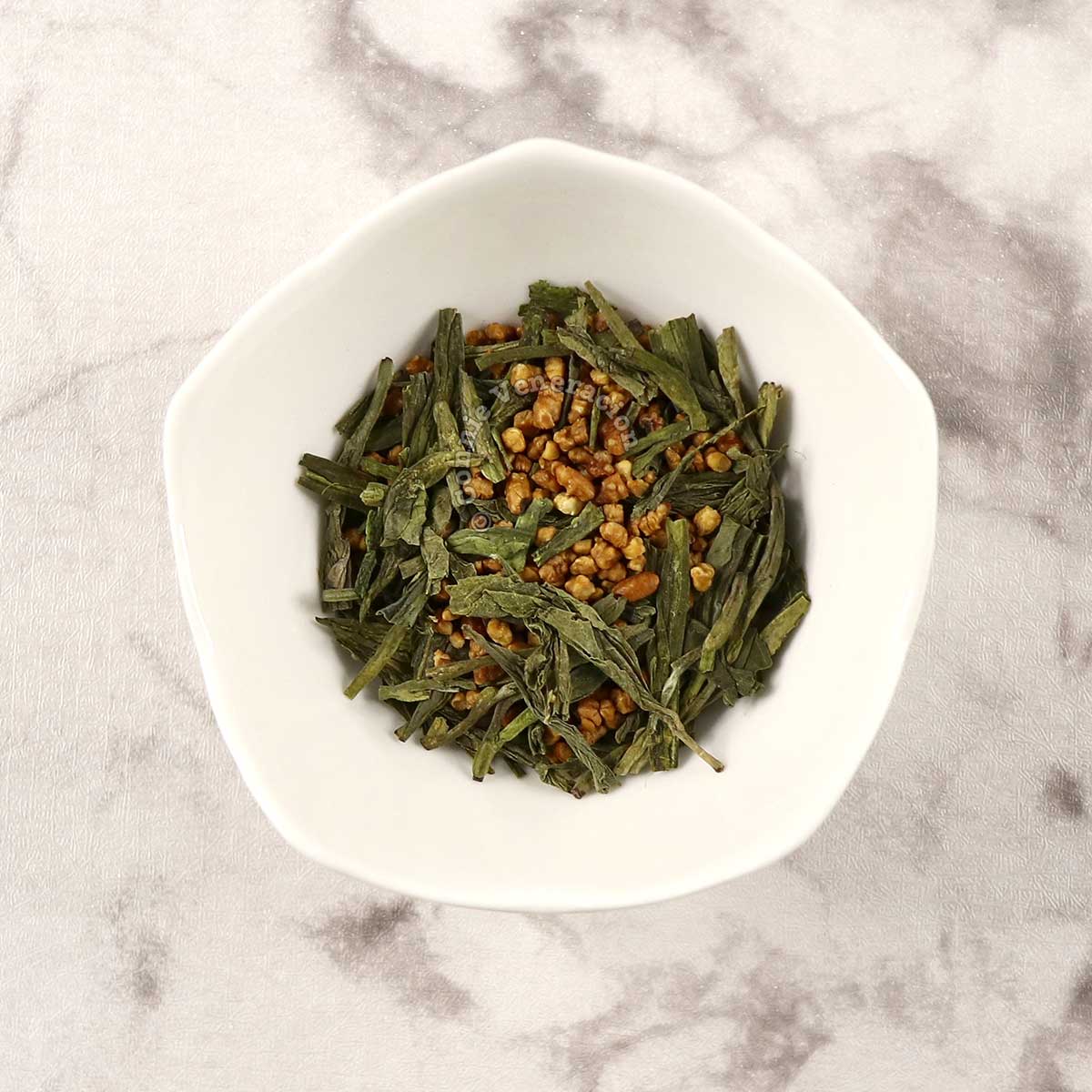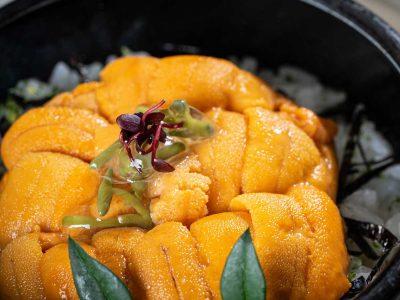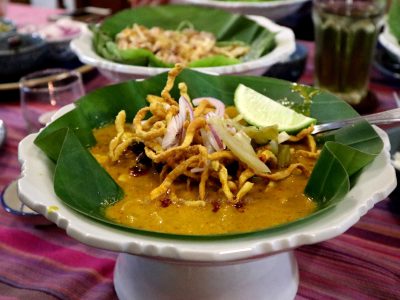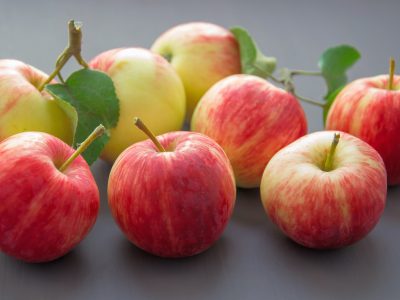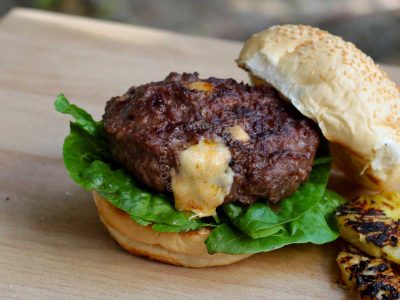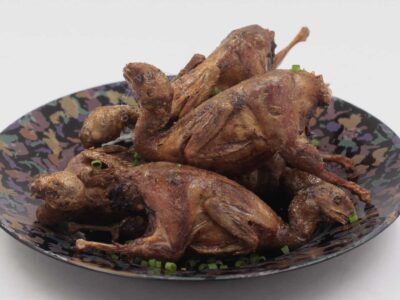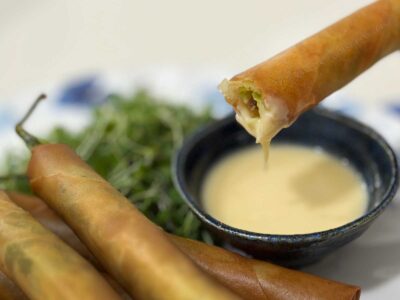Our introduction to genmaicha was by way of a Japanese restaurant called Jipan. Genmaicha was the house tea and they offered unlimited refills. That was over a decade and a half ago. We’ve been genmaicha lovers since.
Genmaicha is the “people’s tea”
Who first thought of mixing green tea with roasted brown rice is the subject of many stories. Long considered as a cheap peasant beverage — say “people’s tea” if you prefer to be politically correct — no one really knows who originally came up with the brilliant idea.
One story tells of the eagerness of Japanese housewives in the early 1900s to serve green tea in their households. Green tea being a luxurious item, they stretched the tea mixture by adding brown rice. Another story is about a tea seller in Kyoto in 1930 who found a good way to recycle excess rice cakes from the New Year.
There are more than two stories about the origin of genmaicha. What most have in common is the underlying rationale for its creation: make green tea more affordable and tea-drinking enjoyable for more people. See, green tea was so expensive that only the samurai and ruling class could afford it. What the rest had access to was the cheaper bancha — tea leaves from the third and fourth harvest. The already inexpensive bancha was farther stretched with brown rice to yield more cups of tea.
What does genmaicha taste like?
If you’ve had pure green tea, imagine its light grassy flavor and aroma entwined with the nuttiness and aroma of roasted brown rice. It’s unbelievably incredible. In fact, if anyone were to ask me what tea is best to introduce tea to a person who has never had tea in his life, I’d recommend genmaicha. Why?
The mouthfeel is incredibly smooth. The nutty aroma is comfortingly familiar which makes the alienness of tea easier to appreciate and enjoy. And the really best part? The bitterness of the steeped tea leaves is masked by the flavor of the brown rice.
How is genmaicha brewed?
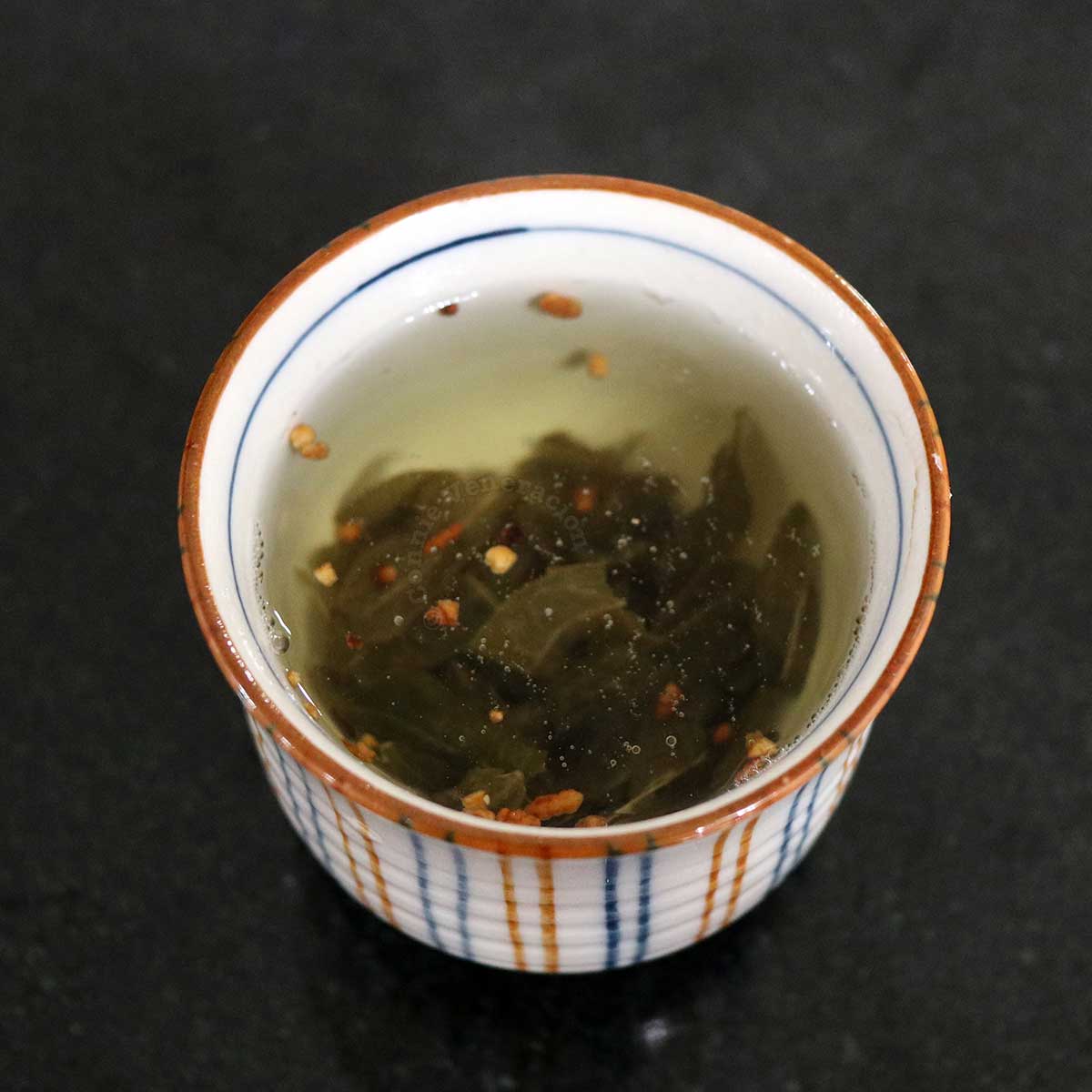
It’s brewed in pretty much the same way that regular tea is brewed. Pour hot water in a cup, throw out the water, dump in the genmaicha, pour in hot water (count 40 seconds after it boils) and leave to steep for two minutes or so for a light brew or up to four minutes for a darker and stronger drink.
That’s how I do it when I’m making a cup of genmaicha for myself. I don’t use teaballs. I like how the roasted brown rice grains soften in the hot bath and turn edible. Yes, edible. Deliciously so, in fact.
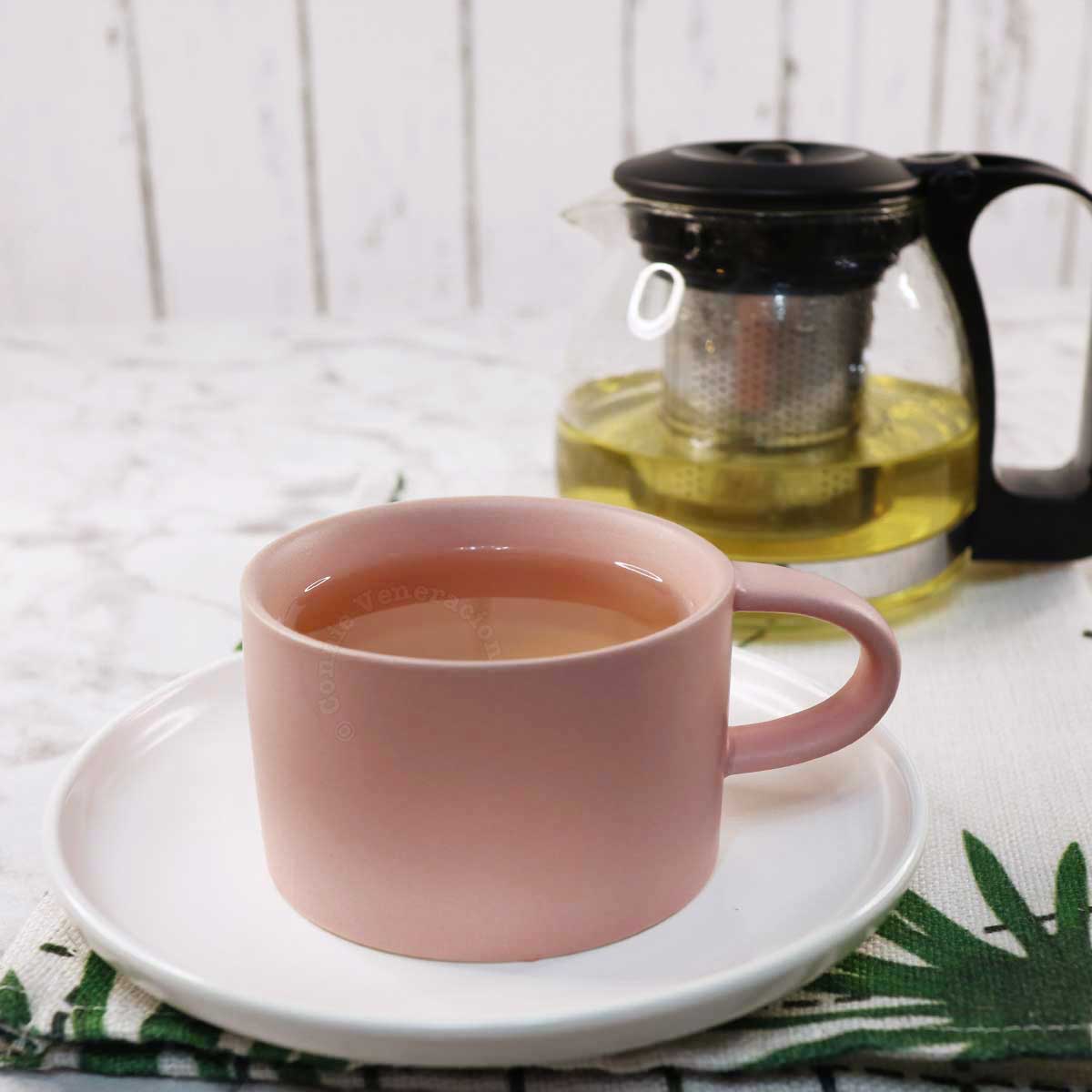
But if the presence of solid objects in your cup of genmaicha bothers you, you can always steep the tea in a teapot that comes with a strainer. That way, you get a clear brew.
Does genmaicha contain caffeine?
Of course. Caffeine is a natural part of tea and genmaicha has green tea leaves. If you’re watching your caffeine intake, look at it this way: Because half of genmaicha is roasted brown rice, you ingest less caffeine with a cup of genmaicha than you would were you drinking a cup of pure green tea.

